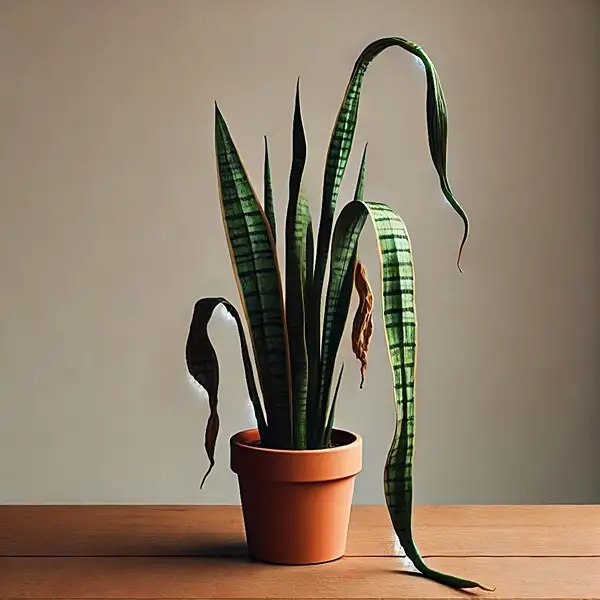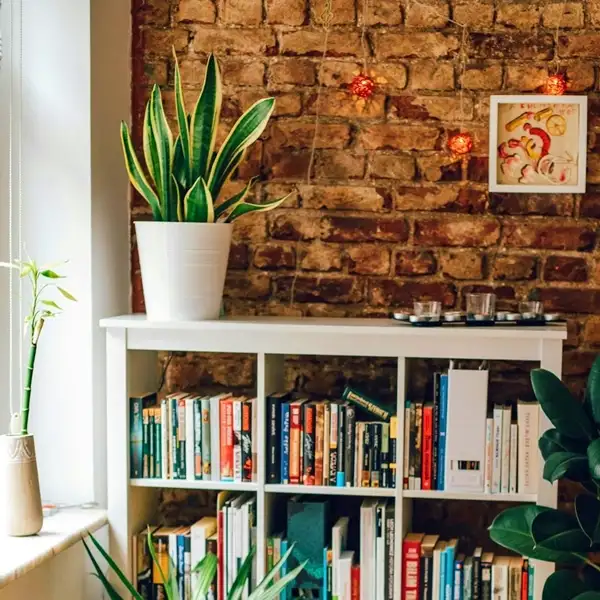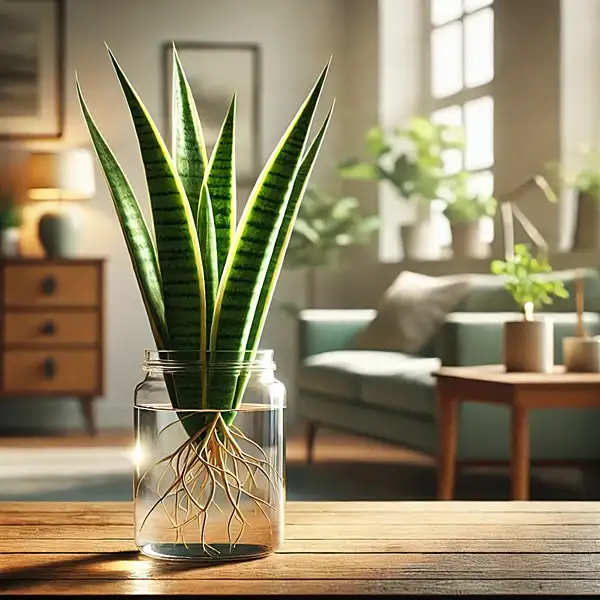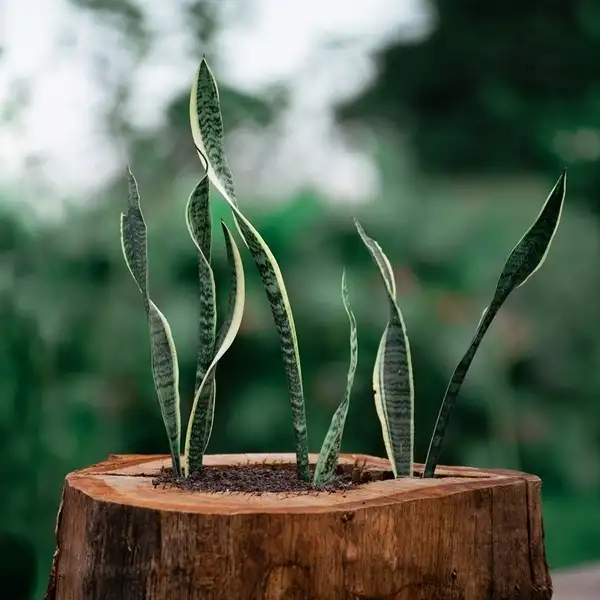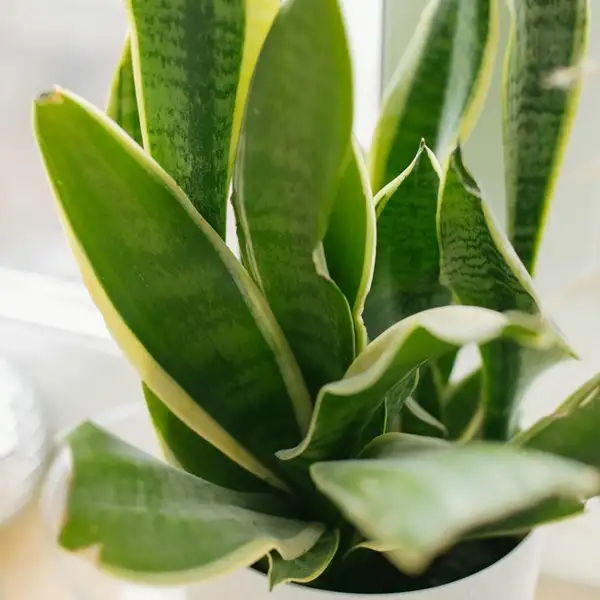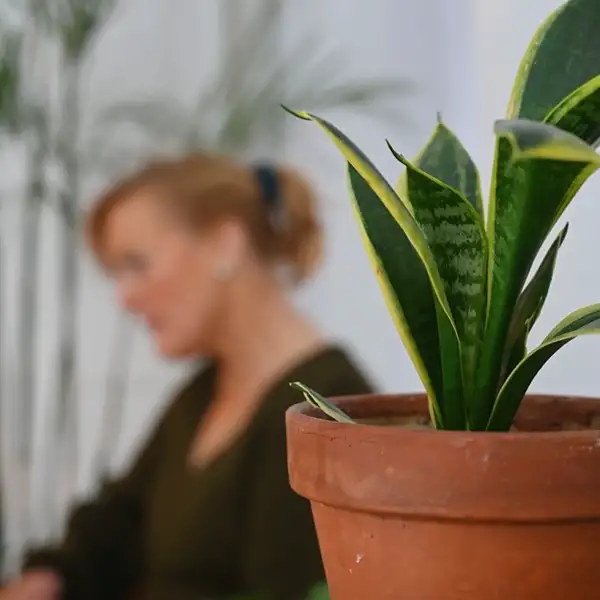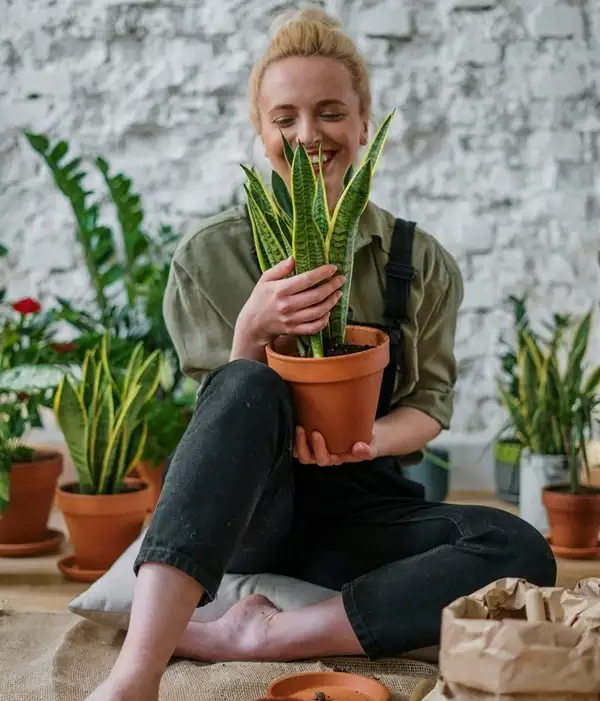Key Takeaways
| Key Takeaways | What You’ll Discover |
|---|---|
| Common Causes of Drooping | Puzzled in ‘Why is my snake plant drooping?’! Explore hidden reasons why your snake plant might be struggling. |
| Overwatering Symptoms | Uncover telltale signs of excess watering before it’s too late. |
| Impact of Light & Temperature | Learn how subtle environmental changes affect plant health. |
| Best Soil & Drainage Practices | Discover the perfect soil mix to keep your plant thriving. |
| Effective Revival Techniques | Find step-by-step solutions to restore a drooping snake plant. |
| Pro Tips for Long-Term Care | Master expert techniques for maintaining a lush, vibrant plant. |
Snake Plant Care
Hailed as one of the most resilient indoor plants, snake plants (Sansevieria) are admired for their striking aesthetics & air-purifying capabilities.
However, despite their reputation for being low-maintenance & hardy, they can sometimes go through phases of apparent distress branded by specific symptoms such as drooping leaves.
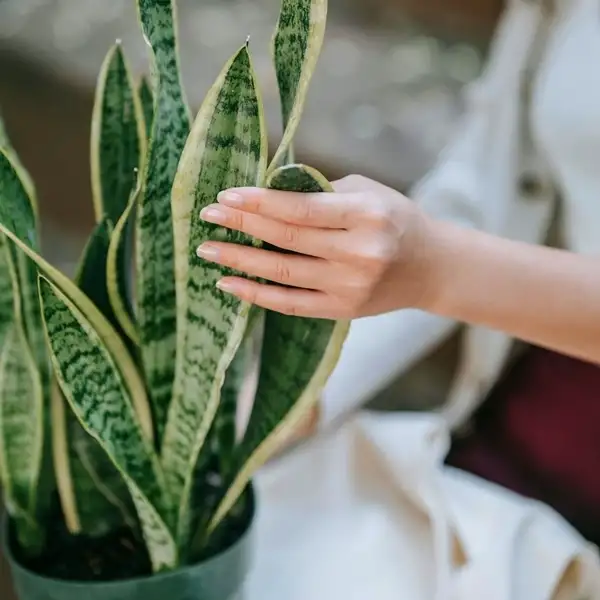
A drooping snake plant is primarily an indicator that something might be off with its care routine – overwatering, inadequate lighting conditions, improper temperature settings, or poor soil drainage could all be perpetrators.
Snake plant care takes more than just watering and bright light exposure. It involves taking a holistic approach to understand its native habitat conditions: considering its water needs by regulating watering routines according to the seasons, finding out the optimal light intensity it prefers, and realizing that even tropical plants such as Sansevierias need temperature regulation.
4 Common Causes of Snake Plant Drooping
| Cause | Description |
|---|---|
| Overwatering |
|
| Underwatering |
|
| Inadequate Lighting |
|
| Extreme Temperatures |
|
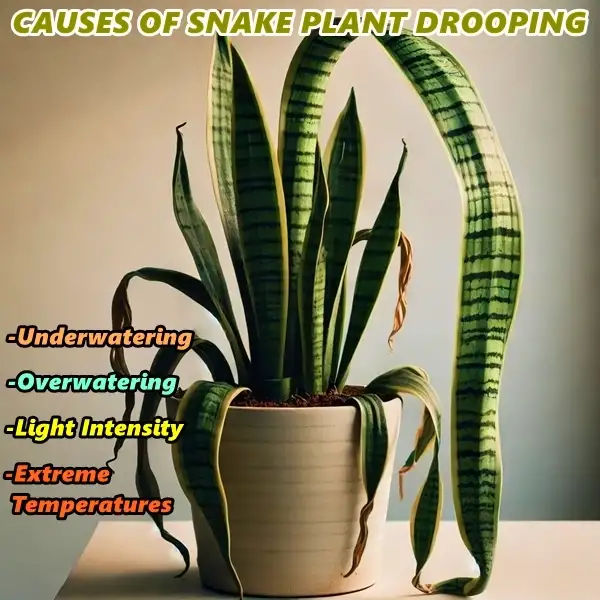
4 Symptoms of Overwatering in Snake Plants
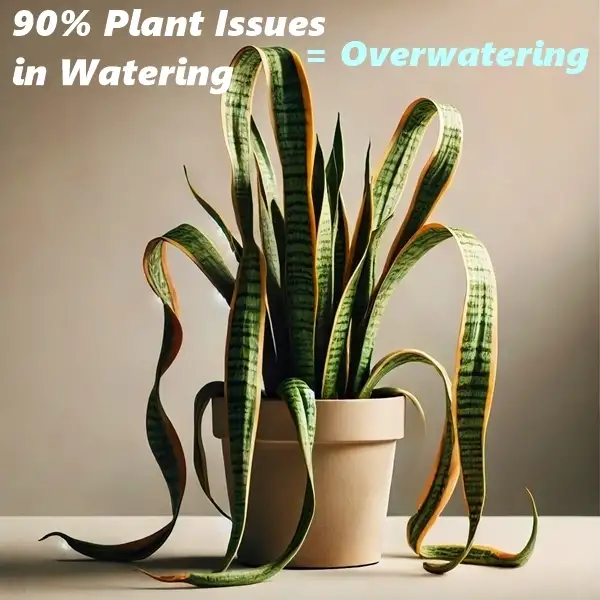
| Symptom | Details |
|---|---|
| Yellowing Leaves | Leaves turn yellow, indicating waterlogged soil and potential root rot |
| Mushy Roots | Roots become soft and brown, a clear sign of rot due to excess moisture |
| Foul Odor | A decaying smell emanates from the soil, suggesting bacterial growth from overwatering |
| Wilting Despite Moist Soil | Leaves appear wilted even though the soil is damp, indicating root damage |
Approximately 90% of plant issues dealing with watering are due to overwatering, making it the most common problem for indoor gardeners. A snake plant saturated in water, ultimately experiences drooping leaves before it finally gives up its fight towards survival.
Best Light & Temperature for Snake Plants
| Factor | Optimal Condition | Adverse Effects |
|---|---|---|
| Light Intensity |
|
|
| Temperature |
|
|

4 Expert Practices for Ensuring Proper Soil Drainage
Soil choice plays a significant role when caring for your snake plant. Hence, a mix that best emulates its native sandy environment is favorable, as it allows proper aeration, prevents root-bound conditions from developing, and avoids excessive water accumulation—both of which are detrimental and can cause drooping leaves over time.
| Practice | Recommendation |
|---|---|
| Soil Mix | Use a well-draining mix: combine two-thirds regular potting soil with one-third perlite or coarse sand to enhance drainage. |
| Pot Selection | Choose pots with drainage holes to prevent water accumulation at the bottom. |
| Watering Technique | Allow the soil to dry out between waterings. Water thoroughly until it drains from the bottom, then discard excess water. |
| Repotting Frequency | Repot every 2-3 years to refresh soil and inspect root health, ensuring the plant doesn’t become root-bound. |
6 Best Solutions to Revive Your Drooping Snake Plant
Identifying prospective problems through symptom analysis is merely the first step. The key lies in finding timely solutions –
| Solution | Action Steps |
|---|---|
| Adjust Watering Practices |
|
| Improve Lighting Conditions |
|
| Regulate Temperature |
|
| Enhance Soil Drainage |
|
| Prune Damaged Leaves |
|
| Inspect for Pests |
|
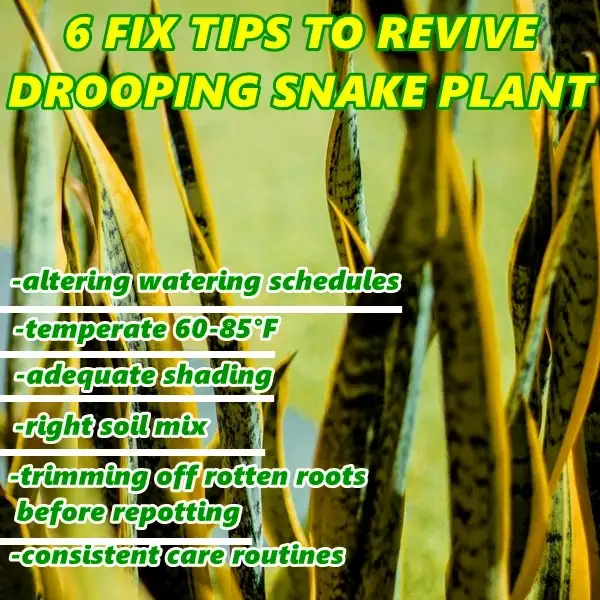
Listen to the Tale of Every Leaf
So, never overlook the subtle signs, such as drooping leaves, portrayed by these silently speaking green companions sitting in your living spaces.
Remember, every leaf has its tale; listen carefully to understand what it wants you to alter regarding its growth settings, thereby always ensuring you own a healthy, vibrant snake plant blooming with life!
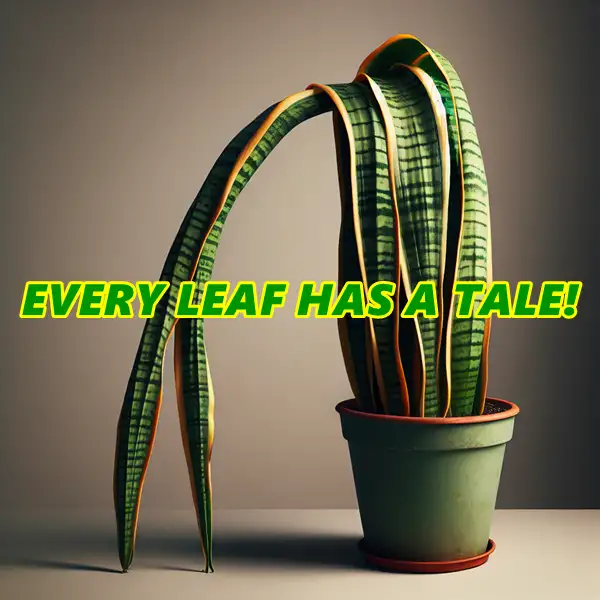
Frequently Asked Questions
How to fix overwatered snake plant?
Remove the plant from its pot, trim mushy or brown roots & repot in fresh, well-draining soil. Let soil dry completely before watering again. Adjust watering habits to prevent overwatering.
Why is my snake plant drooping after repotting?
Transplant shock can cause drooping. Ensure good drainage, avoid overwatering & give plant time to adjust while maintaining stable temperature & light conditions.
Will droopy snake plant leaves recover?
Yes! If you correct watering, lighting & soil conditions. Recovery takes time, so be patient!
Should I cut drooping snake plant leaves?
Trim only severely damaged leaves to maintain appearance. Address root cause first to prevent future drooping.
Why is my snake plant bending?
Insufficient light or overwatering weakens plant. Adjust its placement for better light & follow proper watering practices.


